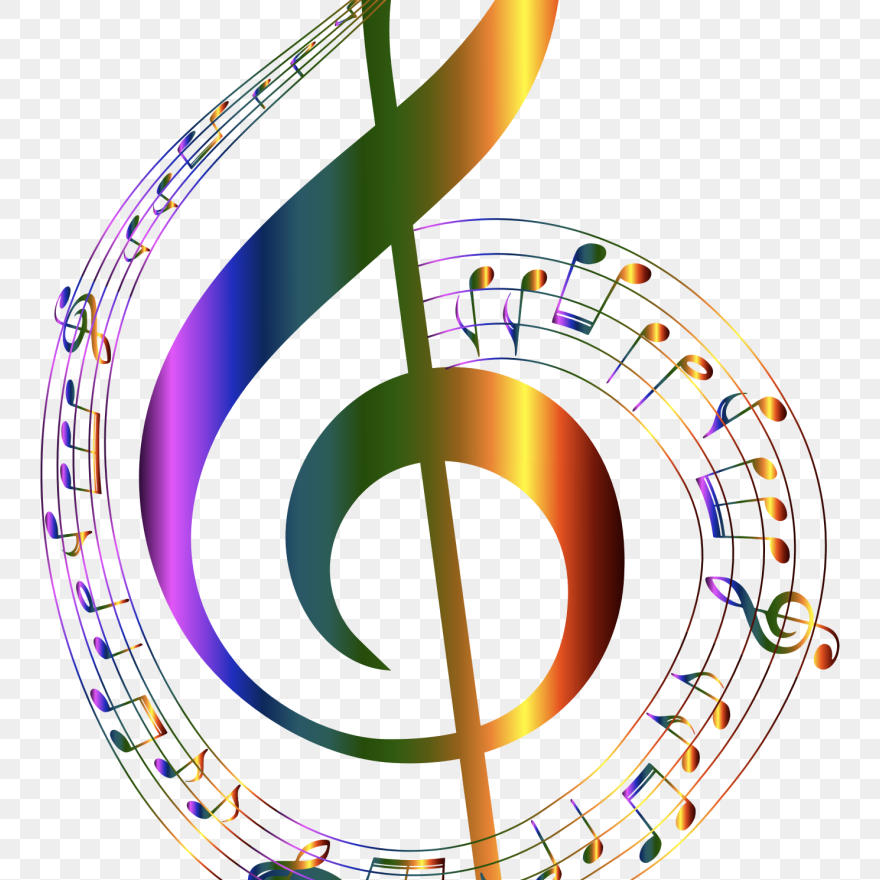A note on recent posts: This week I started a series I titled “Retrospective” which is really just an index (but with a fancier name) of the past year’s posts grouped more or less chronologically by “series”. What I mean by series is I tend to write several related posts over a period of weeks that introduce and expand on a theme, for instance, the basics of what an acoustic guitar is - the materials, names of the parts, etc. Another example is music theory, which a lot of folks find intimidating. In my early posts (“Michael Acoustic” is one year old now), I wrote series that had a somewhat consistent theme (like music theory as a language among musicians, rather than theory for theory’s sake alone). Because that and other series are important parts of playing guitar with others, understanding what you’re playing when you first start playing simpler songs as you progress, writing your own songs, and recording your own songs or covers, I return often to those themes. Michael Acoustic has grown a lot in fits and starts over the last year:
I want my newer subscribers (and those who’ve been with me from the start as well) to have a way to find topics I write about that may appear in later posts but not fully explained (because I had written about them previously), without the tedium of searching back through the whole year’s archive. So this week’s prior posts and the ones next week will have links with a short paragraph describing the topics. Today’s post will not be part of the retrospective, I’ll pick that up Monday and hope to have it complete by next Friday (I’m trying for 2 a day). Thanks for your patience and please feel free to share anything you read here with others.
Last week’s Bonus Round: “Heron Blue”, by Sun Kil Moon. Really interesting back story here to the band (now not a band), though not particularly the song, which is interesting for a reason we’ll get to in a minute.
“Sun Kil Moon is an American folk rock act from San Francisco, California, founded in 2002. Initially a continuation of the defunct indie rock band Red House Painters, Sun Kil Moon is now the primary recording moniker of vocalist and guitarist Mark Kozelek. The project is named after the Korean super flyweight boxer Sung-Kil Moon.[3]” Credit: Wikipedia
Mark Kozelek is an interesting and somewhat controversial figure in music and in his personal life, but a prolific and really great songwriter. I’m sure I first heard “Heron Blue” when it was used as the background music to a teaser spot for the video game “Gears of War 3” years ago, but the song quickly became a favorite of mine on the old iPod playlists I listened to on my daily commutes to and from work back then.
Interesting song, though I couldn’t find the backstory to it. It’s interesting like many of Mr. Kozelek’s songs are, in large part because he disregards many, if not most of the “rules” for structure, rhyming, phrasing and other common conventions. You can check out the lyrics to “Heron Blue” on the Genius Lyrics app to see what I’m referring to. Almost no lines rhyme, and when they do it seems to be merely coincidental. His voice and vocal stylings pull it off effortlessly though, and it’s easy to miss the fact that there is almost no rhyme structure at all. There is no real hook, though a phrase that begins with “I cannot bear…” with different ending lyrics is repeated several times. It appears to be all verses, no discernible chorus at all. The verses are backed by the “drone” of the alternating bass note Travis pick (see below), and the instrumental breaks are gorgeous riffs, probably inspired by Mr. Kozelek’s classical guitar experiences.
Serendipitously, it’s also a great example of chord voicings, reflecting generous use of the suspended chord voicings I talked about in last week’s post. The song is written in the key of Bb, probably a better fit for his voice, but easily played with a capo on the third fret, where the suspended chords, non-diatonic minor chords and Major 7th chord voicings are clear, especially because it’s fingerpicked using what’s commonly known as “Travis picking”:
“Travis picking
Travis picking derives its name from Merle Travis. The foundation of Travis picking revolves around the combination of alternate-bass fingerpicking and syncopated melodies.[12]
This style is commonly played on steel string acoustic guitars. Pattern picking is the use of "preset right-hand pattern[s]" while fingerpicking, with the left hand fingering standard chords.[13] The most common pattern, sometimes broadly referred to as Travis picking after Merle Travis, and popularized by Chet Atkins, Marcel Dadi, James Taylor,[14] John Prine, and Tommy Emmanuel, is as follows:
Middle | X X - | X X - |
Index | X X - | X X - |
Thumb | X X X X - | X X X X - |
The thumb (T) alternates between bass notes, often on two different strings, while the index (I) and middle (M) fingers alternate between two treble notes, usually on two different strings, most often the second and first. Using this pattern on a C major chord is as follows in notation and tablature:
Travis picking.[13]
However, Travis's own playing was often much more complicated than this example. He often referred to his style of playing as "thumb picking", possibly because the only pick he used when playing was a banjo thumb pick, or "Muhlenberg picking", after his native Muhlenberg County, Kentucky, where he learned this approach to playing from Mose Rager and Ike Everly. Travis's style did not involve a defined, alternating bass string pattern; it was more of an alternating "bass strum" pattern, resulting in an accompanying rhythm reminiscent of ragtime piano.” Credit: Wikipedia
So Merle Travis did not invent alternate bass note picking, it’s a common fingerpicking pattern, but he was shrewd enough to claim credit for his more complicated stylings, so the style in general now bears his name.
The version of this song’s chord chart on Ultimate Guitar is vastly oversimplified and doesn’t illustrate the voicings well, but the chords on Chordify, using the capo button to capo on 3, really does. A good song to discuss with your guitar instructor if you’re interested in alternate bass note fingerpicking and especially using suspended chords as voicings to add interest. It does use 3 barre chords with relatively common barre chord shapes (the Am shape with a bar for Bm and Cm, and an AMaj shape with bar - play that double barred, relatively easy - good for discussion with your guitar instructor if you’re starting into barre chords, but simple - or as simple as barre chords can be, anyway - if you’re already proficient, and if you are: “Lucky!” - they’re killing me right now).
A couple of interesting things from fellow SubStackers to round out this week’s main post:
First, from the great SubStack “Dada Drummer Almanach” a post about some proposed legislation to increase royalties for songwriters and working musicians:
Catch all of the posts from his SubStack here:
Next a link to a fascinating podcast. Fellow SubStacker Brad Kyle generously shared the link with me:
I’m not a big fan of podcasts, I prefer to read rather than listen, but this is some fascinating stuff. What stands out to me in this is how “regional” music used to be. The East Coast sound (who knew Buffalo was a source of a regional East Coast sound back in the day?) vs the West Coast sound. Now, I guess there is a Nashville sound, and LA and NYC continue to be centers of musical styles, and “Grunge” was born (and then declined) in the Seattle area, but a lot of recent music seems to me to be fairly homogenized “general American”. Interesting.
Catch all of Brad’s cool SubStack at:
So, I hope you’ll find some value as a reference source in the “Retrospective” posts, and thanks for supporting this always free Substack!!
Bonus Round: How many tons?
Cheers, and keep playing!
Michael Acoustic










Informative piece, Michael, and many thanks for the shout-out, yo! I'm glad you passed along that Ned Doheny interview....like Stephen Michael Schwartz, a much underheard, unsung, and immensely-talented singer/songwriter/guitarist!
Sneak Peak: I'm about ready to drop an "Inside Tracks" on Ned's mid-'70s composition, "Get It Up For Love"---two things are unique about this one: 1) I'm comparing/contrasting FOUR covers of the song and 2) Ned, himself was the SEVENTH one to record his own song (in 1976)!
Guess who was the first? Stephen, in '74! Stephen only vaguely knows Ned, but he's trying to touch base with him on FB, now. Otherwise, the article's ready to go! Stay tuned, and thanks again!